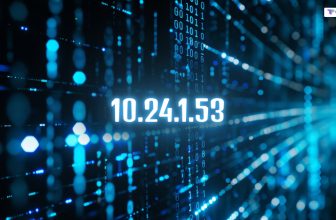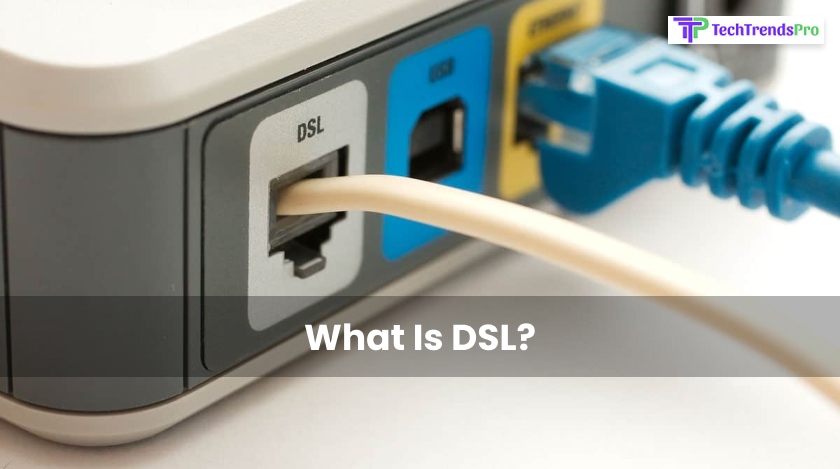
Have you heard about DSL or Digital Subscriber Line? If you have not liked most of us, then you have come to the right place. In this article, we are going to talk in detail about the digital subscriber line and how it operates. So without wasting any further time, let’s dive straight into the intricacies of DSL!
Keep reading to find out all that you need to know about the digital subscriber line and how it functions.
DSL: A Simple And Quick Definition
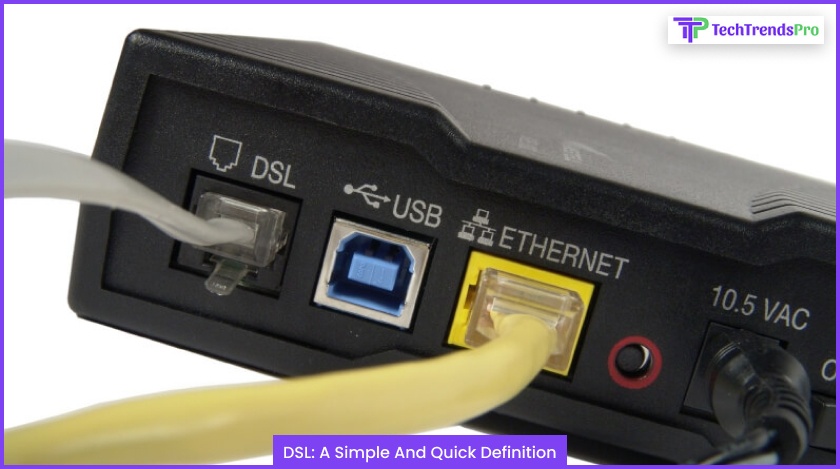
If you have been wondering what DSL is then you will be happy to know that we all use it at some point or the other. Simply put, a digital subscriber line is an internet that people connect to via any ethernet cable or wifi with the help of a modem. Thus, DSL is a medium of communication that receives internet data from a telephone landline made of copper.
Essentially speaking, DSL is one of the most basic forms of accessing broadband internet and consequently utilizes existing phone wiring for transmitting data through a modem and thereby making it possible for everyone to access the internet. Scroll down and find out more on the same.
Types:
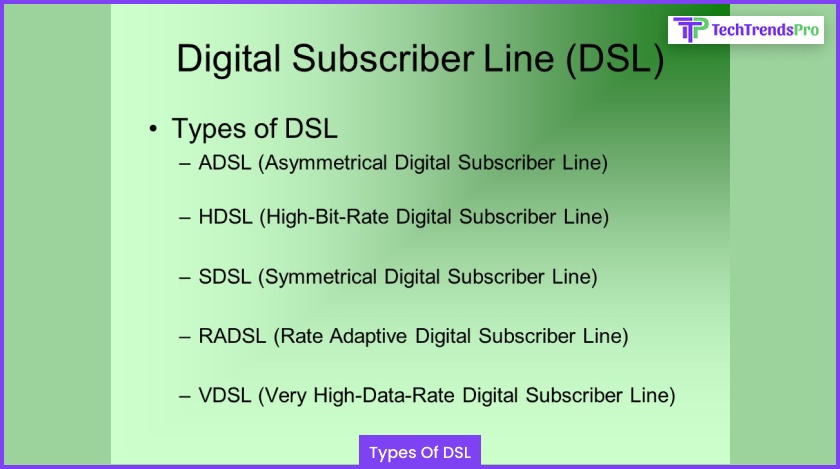
Now that you know what DSL means, it’s natural that you want to know if there are different types of digital subscriber lines. Well, there are three different kinds of DSL which cis collectively referred to as xDSL. Thus, the different types are as follows,
-
ADSL
ADSL stands for Asymmetric DSL and is well known for offering a really fast speed for downloading files online. This is so much true for ADSL that the speed of receiving information is quicker than sending information – the speed of downloading goes up to 20 Mbps, while the speed for uploading goes up to 1.4 Mbps only.
-
SDSL
SDSL stands for Symmetric DSL and is well known for splitting the frequencies of both outgoing and incoming equally. As a result, the bitrates of both uploading and downloading are also the same in the process.
-
VDSL
VDSL stands for Very-high-speed DSL and is well known for providing high-speed internet, as the name suggests. This one’s more like an upgraded version of the older VDSL and HDSL. It can easily connect to high frequencies, providing up to 20 Mbps as download speed and 16 Mbps as upload speed. Moreover, VDSL2 even offers up to 100Mbps as both download and upload speeds.
You may like to read: Types Of Internet A Complete Introduction And All You Should Know
The Boon Of DSL: How Does It Work?
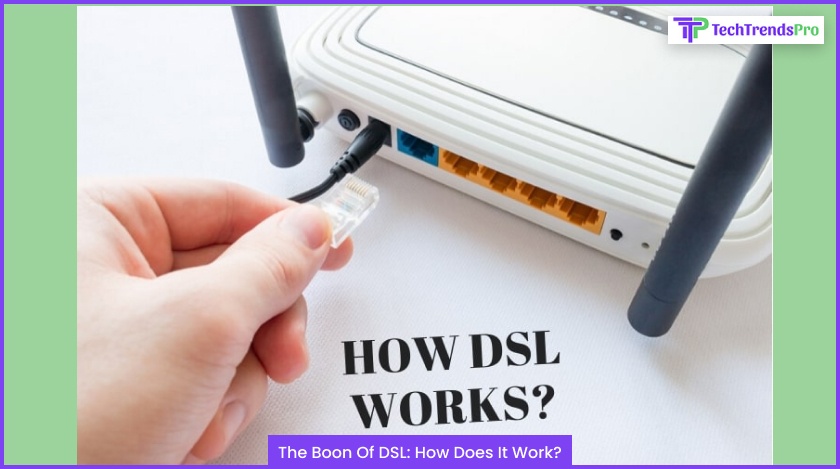
Knowing what DSL stands for is not going to help you figure out how the digital subscriber line works. But we are here to tell you how it works. So scroll down and check out the points mentioned below to find out how it functions!
- You already know that a DSL modem obtains signals through telephone lines, after which it digitally converts them for people’s use. Now, this data, in turn, can be sent to people either with the help of some ethernet cable or even wirelessly.
- In fact, existing phone lines make it possible to access DSL anywhere (urban and rural areas). Moreover, since telephone lines are blessed with a relatively higher capacity than you need for making phone calls, digital subscriber line signals can also depend on this infrastructure for the same.
- Did you know that the DSL modem router is one of those standalone devices which can easily connect with more than one smartphone or computer simultaneously? Additionally, the DSL also does not disrupt your landline calling services simply due to differences in operating frequencies, making it possible for phones and the internet to work simultaneously.
- If you haven’t figured this out by now, then it’s time to understand that DSL is a relatively affordable medium for connecting to high-speed internet, especially compared to normal cellular data. In addition, of course, it is faster than that conventional dial-up internet connection functioning with the help of a high bitrate.
- Moreover, the digital subscriber line offers high-speed internet – the speed of the internet can easily range between 256 Kbps and 100 Mbps. DSL providers have different packages – it all depends on what connection speed you as a customer need!
How To Figure Out Which Internet Connection Suits You Best?
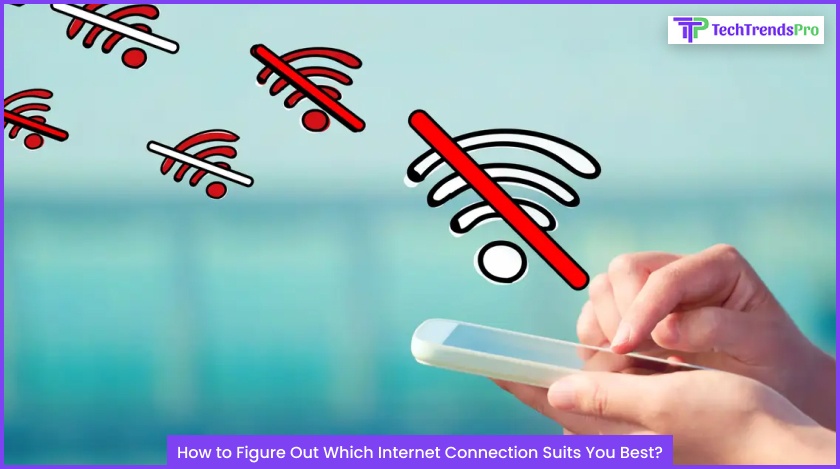
While choosing an internet connection, you need to keep in mind a few factors. Scroll down to find out which factors affect your choice of an internet connection.
- The available internet connection is based on your location in the urban or rural setting.
- The active ISPs or internet service providers in your location.
- Your budget also plays a major role in figuring out if buying a DSL cable would be fruitful or not in the long run.
- Your requirements from the Internet as in why do you need it – is it for work, entertainment, education, and the like.
- Cost of equipment, installation charges, and overhead fees.
- How much data is needed also is an important factor behind choosing your DSL service provider.
Advantages of DSL
- High-Speed Internet: DSL offers faster internet speeds compared to traditional dial-up connections. It enables users to browse the web, stream videos, and download files quickly, making it suitable for various online activities.
- Always-On Connection: DSL provides an “always-on” connection, allowing users to stay online without the need to dial in every time they want to access the internet. This convenience is ideal for businesses and individuals who require constant connectivity.
- Broad Availability: DSL is widely available in urban and suburban areas, making it accessible to a large portion of the population. Unlike some other high-speed internet options, DSL infrastructure is already in place in many regions.
- Cost-Effective: DSL tends to be more affordable than some alternatives like cable or fiber-optic internet. This makes it a budget-friendly option for users who want decent internet speeds without breaking the bank.
- Separate from Phone Line: DSL uses a different frequency on your phone line, allowing you to use the internet and make phone calls simultaneously. This separation ensures that your phone line remains available even when you’re online.
- Scalability: DSL technology is scalable, meaning it can be adjusted to meet your needs. Service providers can often increase your connection speed without significant infrastructure changes.
- Reliability: DSL connections are generally stable and reliable, with consistent speeds. This makes it suitable for activities that require a steady internet connection, such as online gaming or video conferencing.
Disadvantages of DSL
- Distance Limitations: DSL performance diminishes with distance from the service provider’s central office or DSLAM (Digital Subscriber Line Access Multiplexer). The farther you are from these locations, the slower your connection may be.
- Speed Variability: DSL speeds are asymmetrical, meaning the upload speed is typically slower than the download speed. The actual speed you experience can vary due to network congestion and other factors.
- Limited Bandwidth: DSL has limited bandwidth compared to cable or fiber-optic internet. This can result in slower speeds during peak usage times when many users in your area are online simultaneously.
- Infrastructure Dependence: DSL availability depends on the existing copper telephone lines. In areas without suitable infrastructure, DSL may not be an option, leaving residents with slower or more expensive alternatives.
- Signal Interference: DSL signals can be susceptible to interference from other electronic devices, weather conditions, or line quality issues. This interference can lead to drops in connection quality.
- Not Suitable for Heavy Users: While DSL is sufficient for most internet activities, it may not be the best choice for heavy users who require extremely high speeds for activities like 4K streaming or large file uploads and downloads.
7. Competition from Faster Technologies: As newer and faster internet technologies like fiber-optic networks become more widespread, DSL may lose its appeal as a high-speed option. Users in areas with multiple choices may opt for faster alternatives.
Frequently Asked Questions (FAQ):
1. What Is DSL In Simple Words?
DSL stands for digital service line – it is the medium of communication that you connect your wifi or ethernet cable to for accessing the internet through existing telephone lines.
2. What Is The Full Form Of DSL?
The full form of DSL is Digital Service Line. DSL is the communication medium people connect their wifi and ethernet cable for accessing the world wide web through existing copper phone lines.
3. What Is A DSL Filter?
Also known as a DSL microfilter or splitter, a DSL filter is a low-pass filter for analog devices like analog modems or telephones. The filter blocks DSL signals from disrupting telephone service.
Wrapping Up
Companies like DSL extreme have been doing pretty well in terms of both business and customer reviews. In addition, the company is one of the top DSL providers in the world. Thus, if you are planning on investing in DSL, check it out today!
Also, don’t forget to let us know in the comments below did you enjoy knowing about the digital service line and how it works!
Read Also:



